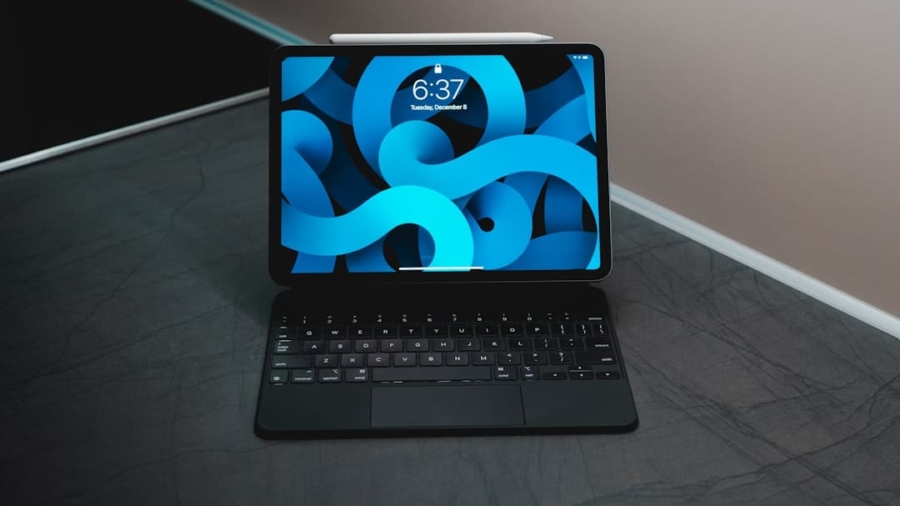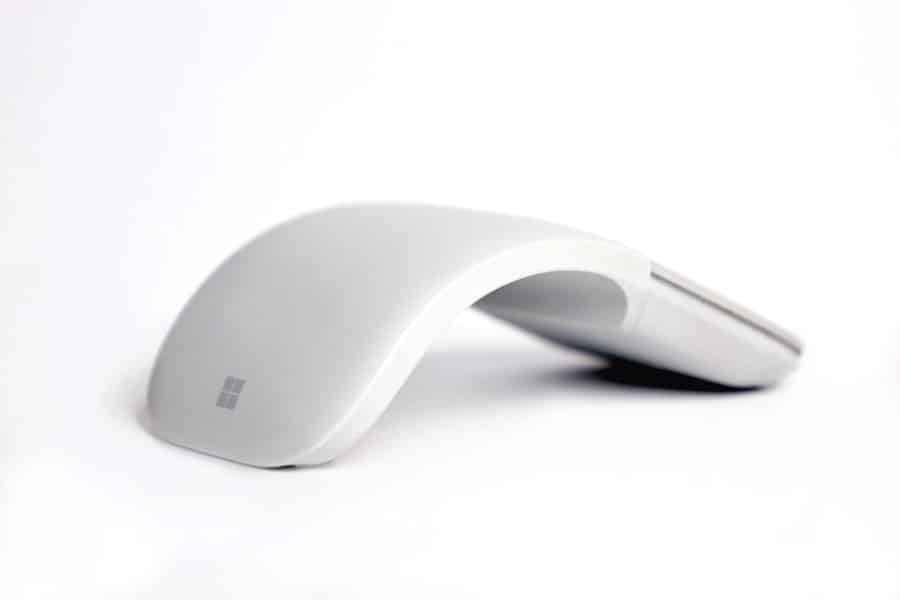In recent years, the landscape of personal computing has undergone a significant transformation, with tablets emerging as formidable contenders in the realm of laptop replacements. Once viewed primarily as devices for casual browsing and media consumption, tablets have evolved into powerful tools capable of handling a wide array of tasks traditionally reserved for laptops. This shift can be attributed to advancements in hardware, software, and user interface design, which have collectively enhanced the functionality and versatility of tablets.
As a result, many users are now considering tablets not just as supplementary devices but as primary computing solutions. The rise of tablets as laptop replacements is also fueled by changing consumer preferences. With the increasing demand for portability and convenience, users are seeking devices that can seamlessly integrate into their mobile lifestyles.
Tablets offer a lightweight alternative to laptops, making them ideal for on-the-go professionals, students, and casual users alike. Furthermore, the proliferation of cloud-based applications and services has diminished the need for extensive local storage and processing power, allowing tablets to fill the gap left by traditional laptops. This article will delve into various aspects of tablets as laptop replacements, examining their performance, design, operating systems, productivity features, battery life, connectivity options, and pricing.
Key Takeaways
- Tablets have become increasingly popular as laptop replacements due to their portability and versatility.
- When comparing processing power and speed, tablets can often match or even exceed the performance of traditional laptops.
- Design and portability are key factors in choosing a tablet as a laptop replacement, with considerations for size, weight, and build quality.
- The choice of operating system (iOS, Android, or Windows) can greatly impact the user experience and productivity on a tablet.
- Assessing keyboard and stylus options is crucial for those using tablets for work tasks, as they can greatly enhance productivity.
- Battery life and charging options are important considerations for those looking for a tablet as a laptop replacement, as they impact usability and convenience.
- Connectivity features such as ports, Bluetooth, and Wi-Fi capabilities should be evaluated to ensure compatibility with work and personal devices.
- When considering a tablet as a laptop replacement, the cost and overall value should be weighed against the features and performance offered.
Performance: Comparing Processing Power and Speed
Powerful Processors in Modern Tablets
Modern tablets are equipped with powerful processors that rival those found in many laptops. For instance, Apple’s M1 chip has set a new standard for performance in mobile devices, enabling iPads to run complex software with ease. Similarly, high-end Android tablets often feature Qualcomm Snapdragon processors that deliver impressive speed and efficiency.
Real-World Performance Variations
However, while many tablets boast impressive specifications on paper, real-world performance can vary significantly based on the operating system and optimization of applications. For example, iOS is known for its smooth performance and efficient resource management, allowing apps to run seamlessly even on devices with lower specifications.
Operating System and Performance
In contrast, some Android tablets may struggle with performance due to fragmentation in the ecosystem and varying levels of app optimization. Windows tablets, particularly those running full versions of Windows 10 or 11, can offer desktop-level performance but may require more robust hardware to achieve comparable speeds to traditional laptops.
Design and Portability: Evaluating Size, Weight, and Build Quality
The design and portability of tablets play a pivotal role in their appeal as laptop replacements. Tablets are typically lighter and more compact than laptops, making them easier to carry around. For instance, the iPad Air weighs just under one pound and boasts a slim profile that fits comfortably in most bags.
This portability is particularly advantageous for users who frequently travel or commute, as it allows them to work or consume media without the bulk of a traditional laptop. In addition to weight and size, build quality is another essential aspect to consider. Premium tablets often feature high-quality materials such as aluminum or glass that not only enhance durability but also provide a more aesthetically pleasing appearance.
For example, the Microsoft Surface Pro series combines a sleek design with robust construction, making it suitable for both professional environments and casual use. However, some budget-friendly tablets may compromise on build quality to reduce costs, which can affect their longevity and overall user experience.
Operating System: Examining the Pros and Cons of iOS, Android, and Windows
The choice of operating system is a crucial consideration when evaluating tablets as laptop replacements. Each platform—iOS, Android, and Windows—offers distinct advantages and disadvantages that cater to different user needs. iOS is renowned for its user-friendly interface and seamless integration with other Apple products.
This ecosystem allows users to easily transition between devices while enjoying a consistent experience across platforms. Additionally, the App Store features a wide range of productivity applications optimized for iPad use. On the other hand, Android offers greater flexibility and customization options.
Users can choose from a diverse array of devices at various price points, making it accessible to a broader audience. However, the fragmentation of the Android ecosystem can lead to inconsistencies in app performance and updates across different devices. Windows tablets provide the advantage of running full desktop applications, making them suitable for users who require specific software that may not be available on mobile platforms.
Nevertheless, this capability often comes at the cost of battery life and portability compared to their iOS and Android counterparts.
Productivity: Assessing Keyboard and Stylus Options for Work Tasks
For many users considering a tablet as a laptop replacement, productivity features are paramount. The availability of keyboard accessories and stylus support can significantly enhance the functionality of a tablet for work-related tasks. Many manufacturers offer detachable keyboards or keyboard cases that transform tablets into more traditional computing devices.
For instance, Apple’s Magic Keyboard for the iPad Pro provides a comfortable typing experience while also incorporating a trackpad for enhanced navigation. Stylus support is another critical feature that can elevate productivity on tablets. Devices like the Microsoft Surface Pro come with the Surface Pen, which allows for precise input and is particularly beneficial for creative professionals or those who prefer handwritten notes.
The Apple Pencil offers similar capabilities for iPad users, enabling artists and designers to create detailed illustrations or annotate documents with ease. However, not all tablets come with stylus support or compatible accessories, which can limit their appeal for users who rely on these tools for their work.
Battery Life: Analyzing Longevity and Charging Options
Battery Longevity
Many modern tablets boast impressive battery life. For example, the iPad Pro can last up to 10 hours on a single charge under typical usage conditions. Similarly, high-end Android tablets often feature energy-efficient processors that contribute to extended battery life.
Charging Options
Charging options also play a significant role in user convenience. Some tablets support fast charging technologies that allow users to quickly recharge their devices when time is of the essence.
Versatility in Charging
Additionally, many tablets now feature USB-C ports that enable charging from various sources, including power banks and laptops. This versatility enhances the overall user experience by providing more options for keeping devices powered throughout the day.
Connectivity: Comparing Ports, Bluetooth, and Wi-Fi Capabilities
Connectivity options are vital when considering tablets as laptop replacements since they determine how well a device can integrate into existing workflows and environments. Many modern tablets come equipped with USB-C ports that support data transfer, charging, and video output capabilities. This versatility allows users to connect external displays or peripherals such as mice and keyboards easily.
Bluetooth connectivity is another essential feature that enhances usability by enabling wireless connections to accessories like headphones or external keyboards. Most tablets support Bluetooth 5.
Wi-Fi capabilities also vary among devices; while many tablets support dual-band Wi-Fi for faster internet connections, some high-end models even offer Wi-Fi 6 compatibility for improved performance in crowded networks.
Price: Considering Cost and Value for a Laptop Replacement
The price point of tablets compared to traditional laptops is an important factor in determining their viability as replacements. While some high-end tablets can be quite expensive—often approaching or exceeding the cost of entry-level laptops—there are also budget-friendly options available that provide decent performance for everyday tasks. For instance, mid-range Android tablets can offer excellent value for users who primarily engage in web browsing or media consumption without requiring advanced computing capabilities.
When assessing value, it is crucial to consider not only the initial purchase price but also the long-term usability and functionality of the device. A tablet that excels in portability and battery life may justify its higher price tag if it meets the user’s needs effectively over time. Conversely, a lower-priced tablet may fall short in performance or features necessary for productivity tasks, ultimately leading to dissatisfaction or additional expenses down the line.
In conclusion, while tablets have made significant strides in becoming viable laptop replacements through advancements in performance, design, operating systems, productivity features, battery life, connectivity options, and pricing strategies, potential buyers must carefully evaluate their specific needs before making a decision. The right choice will depend on individual preferences regarding portability versus power, operating system familiarity, and intended use cases—whether for casual browsing or demanding professional tasks.
If you are considering using a tablet as a laptop replacement, you may also be interested in exploring the best software for social media management in 2023. This article provides valuable insights into the tools that can help you streamline your social media workflow and increase efficiency.




